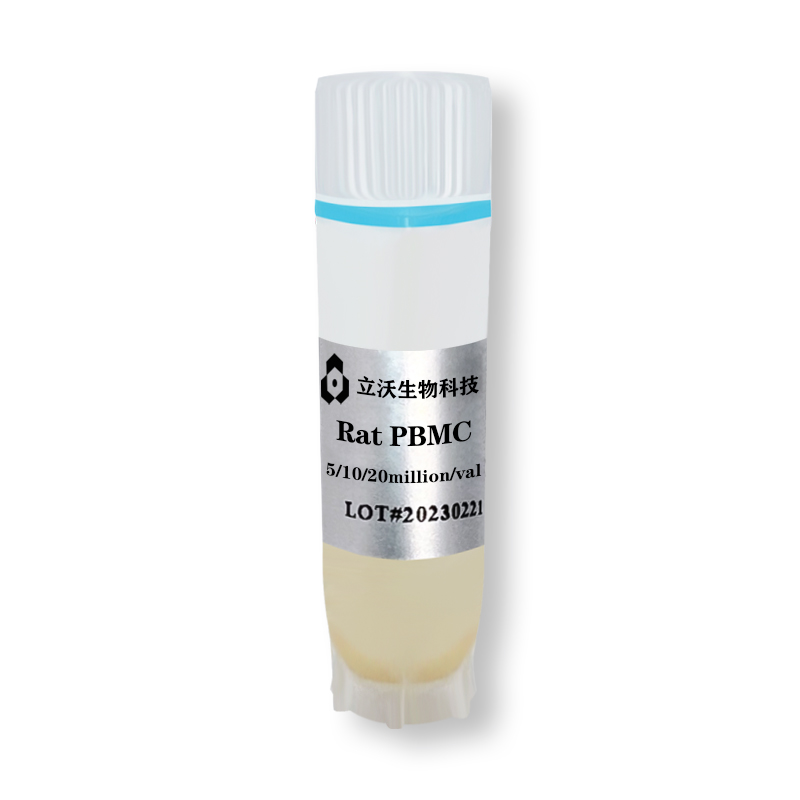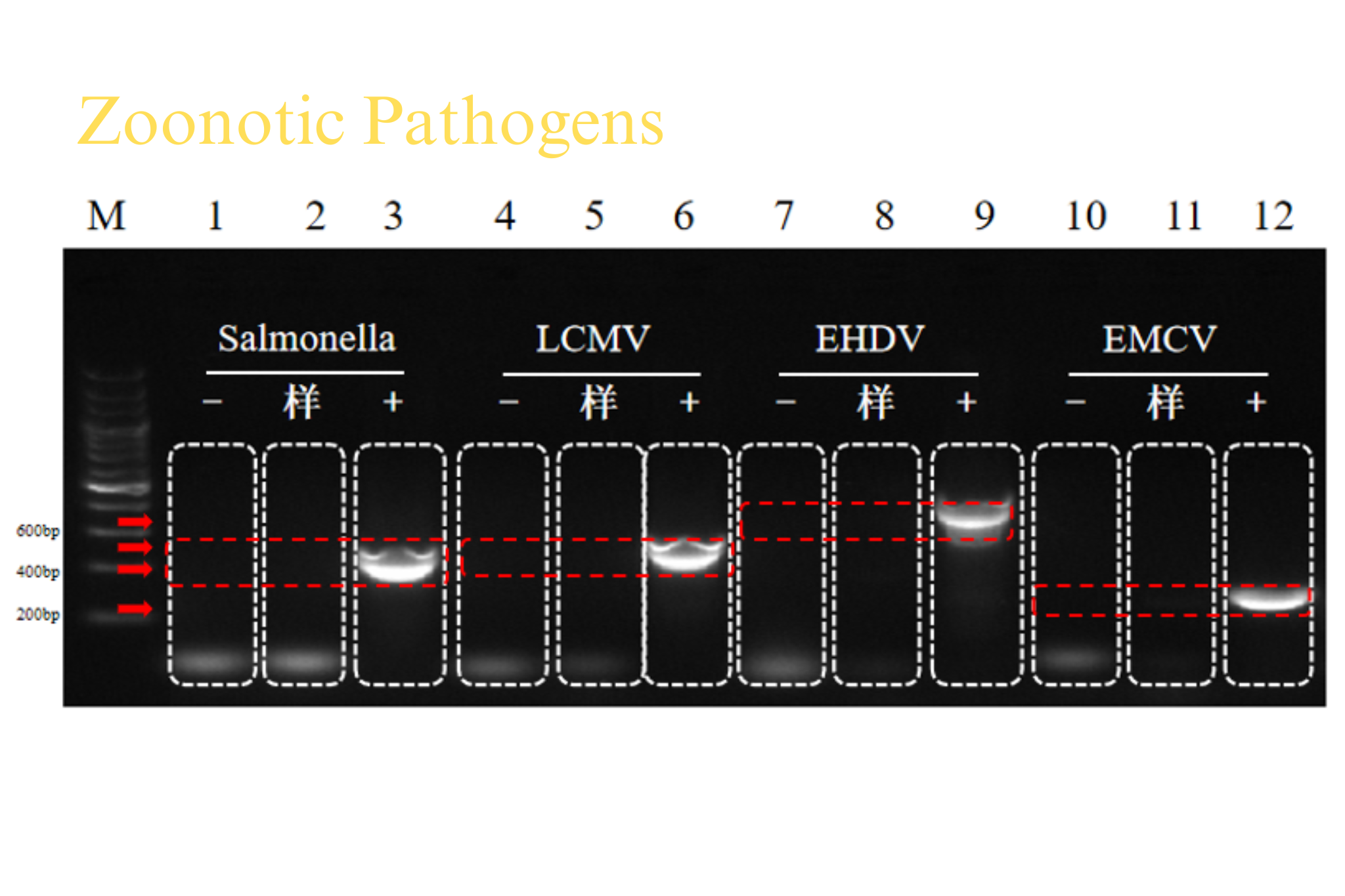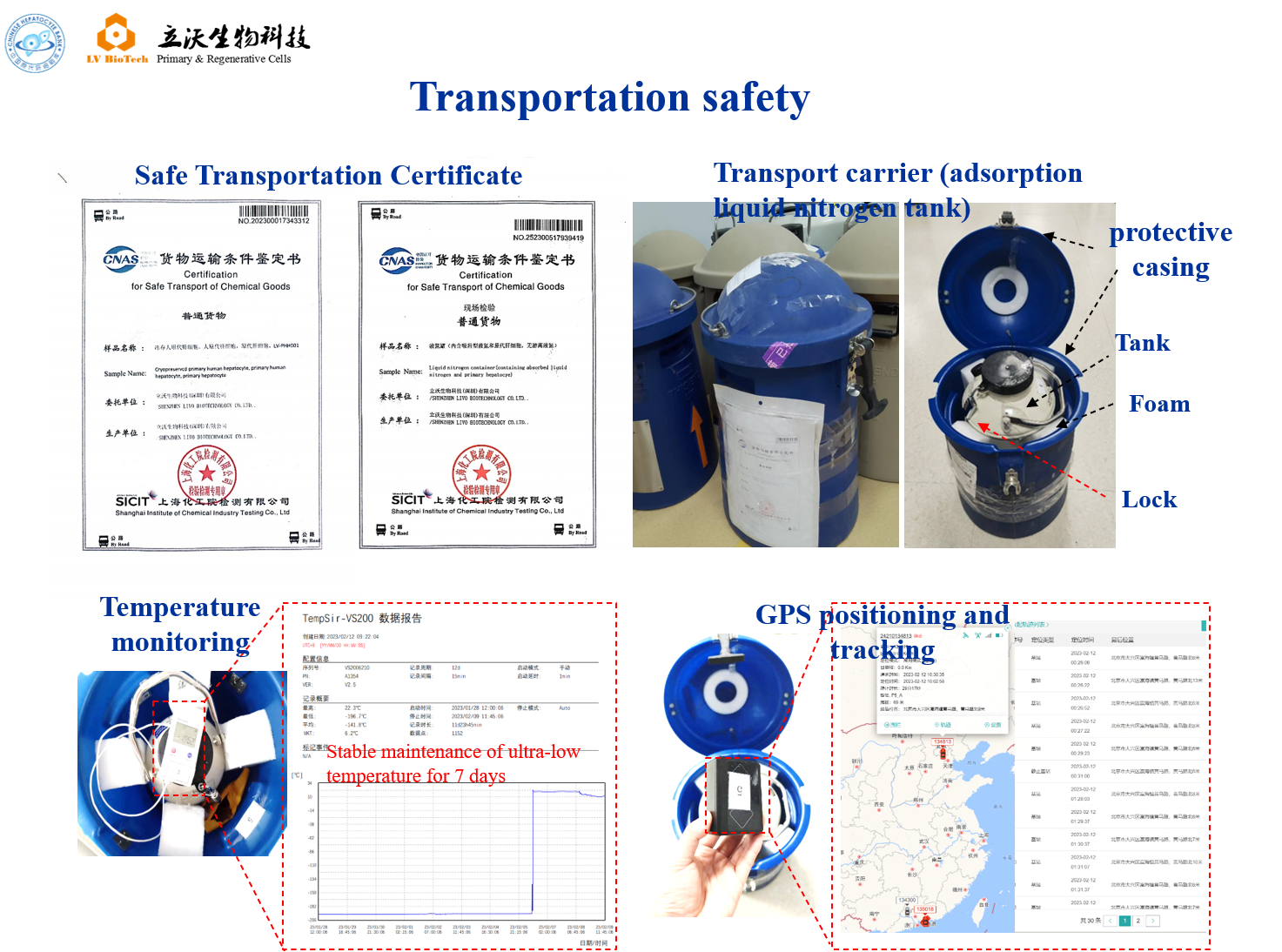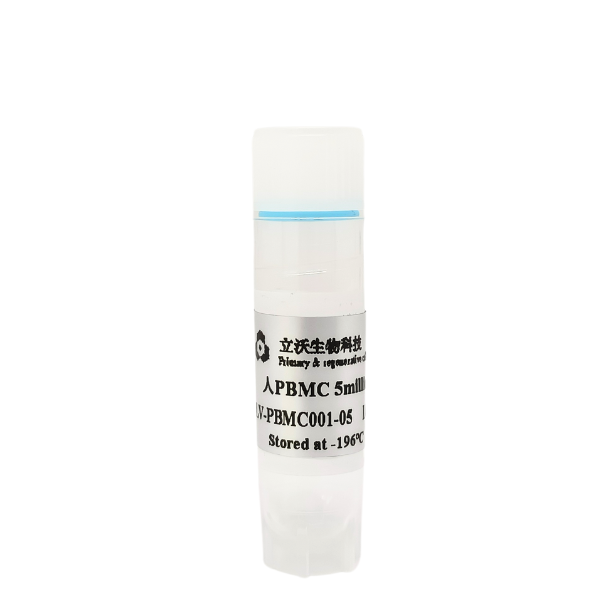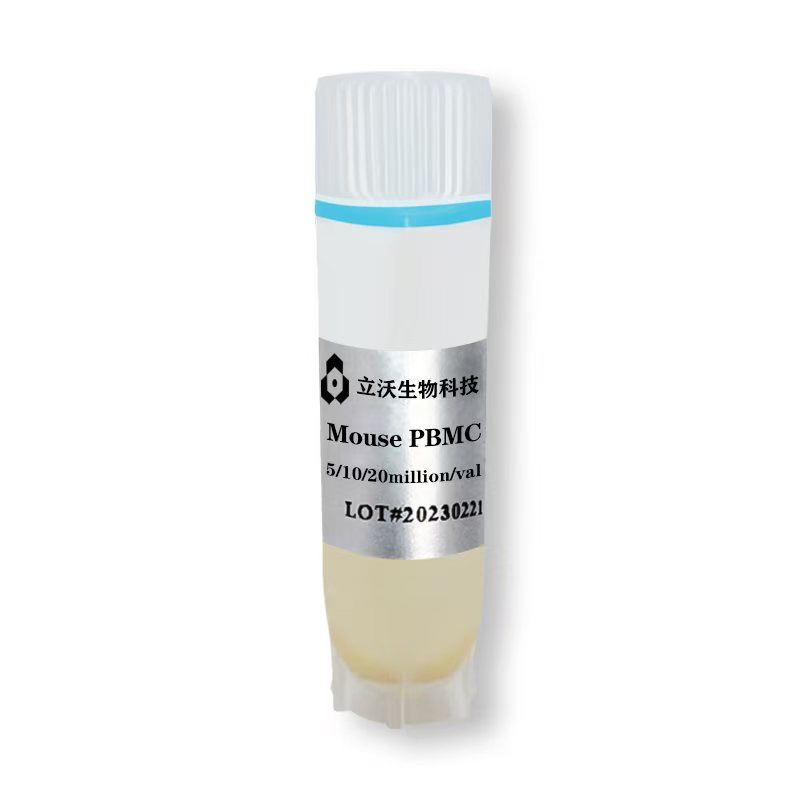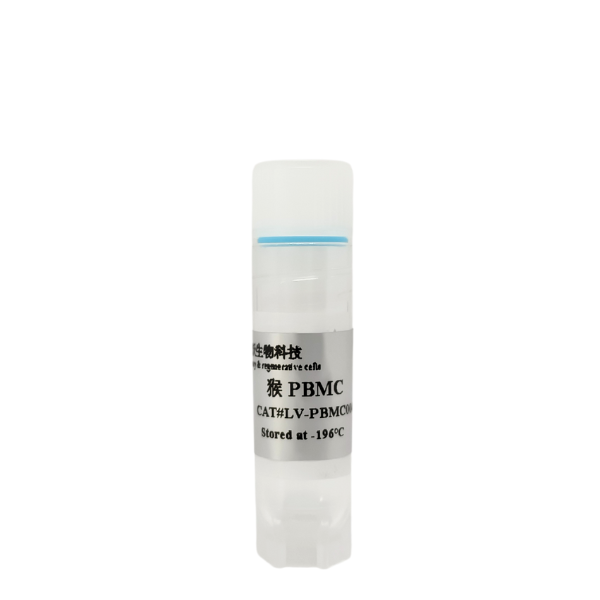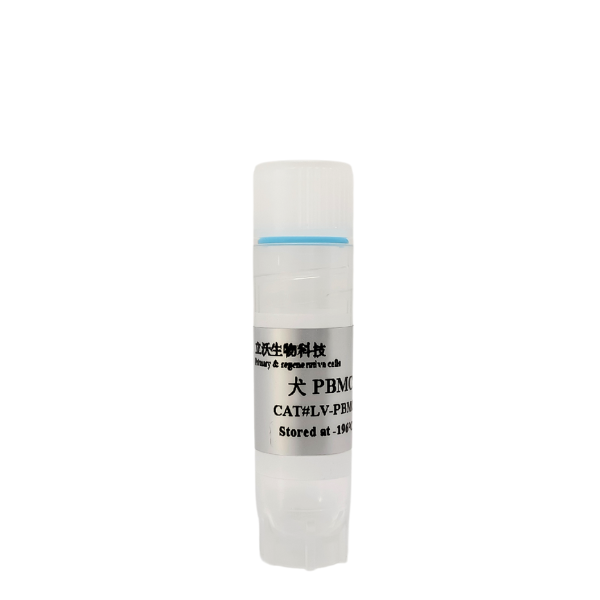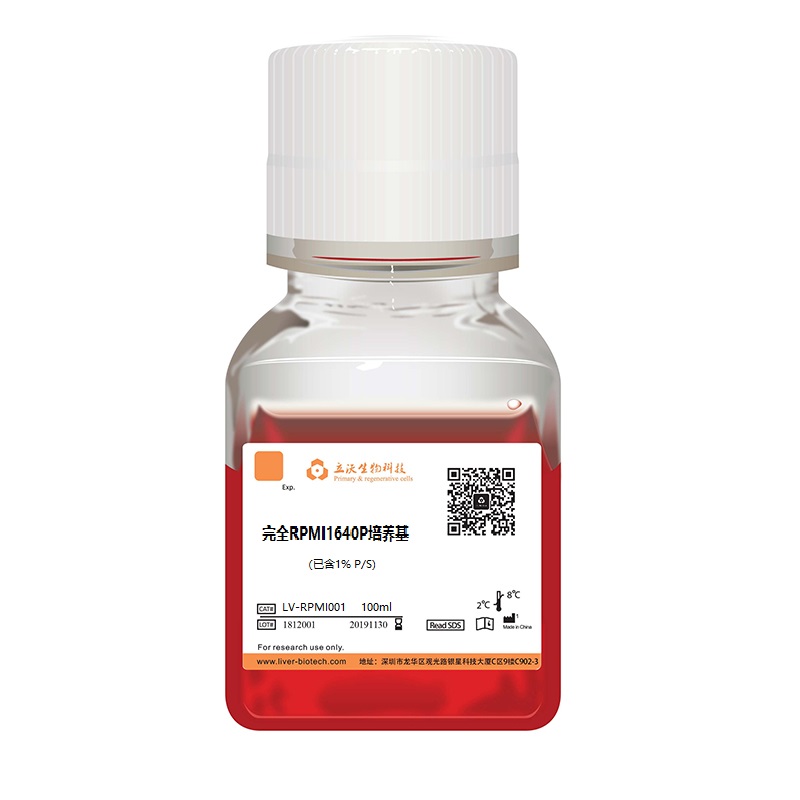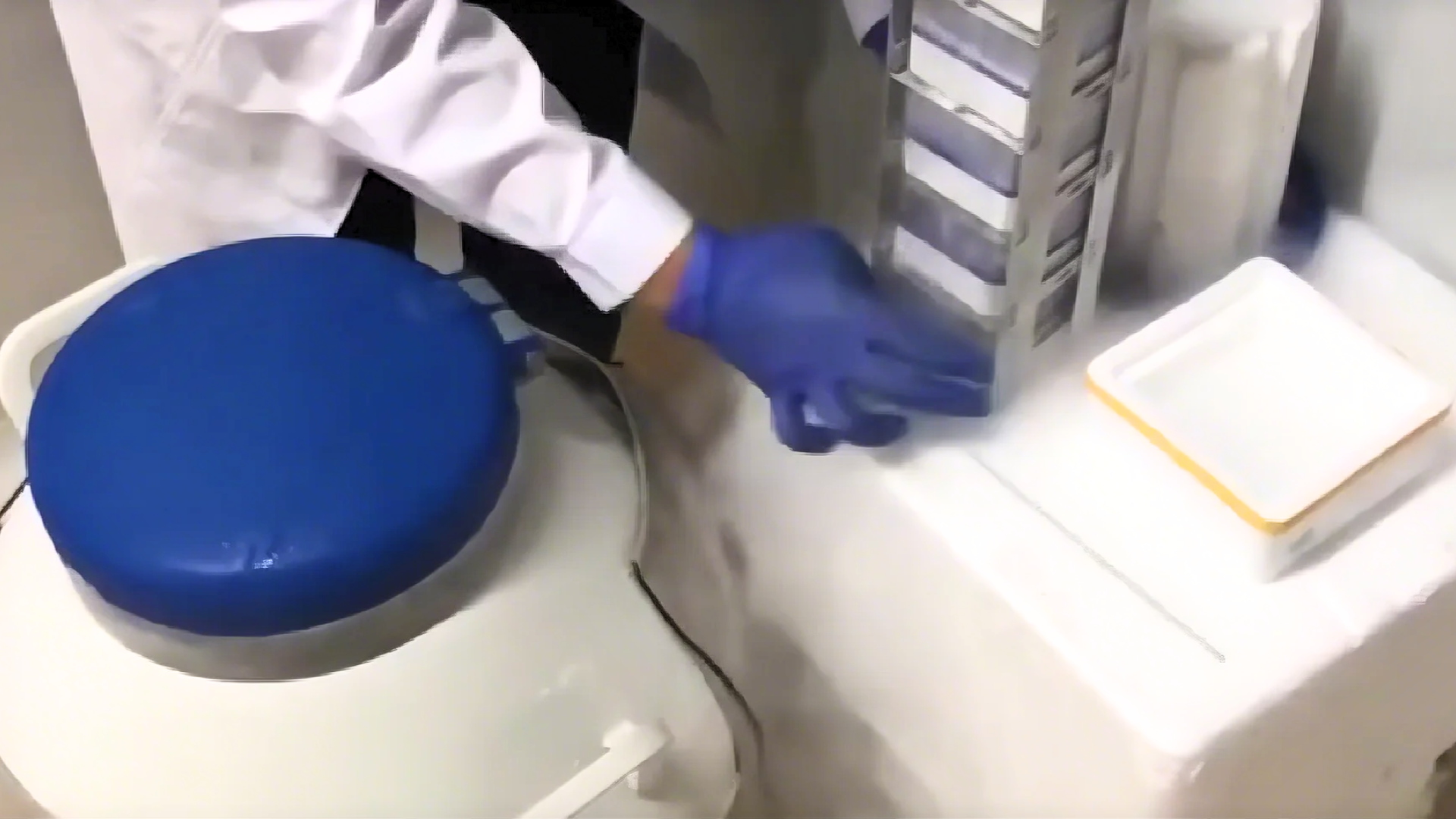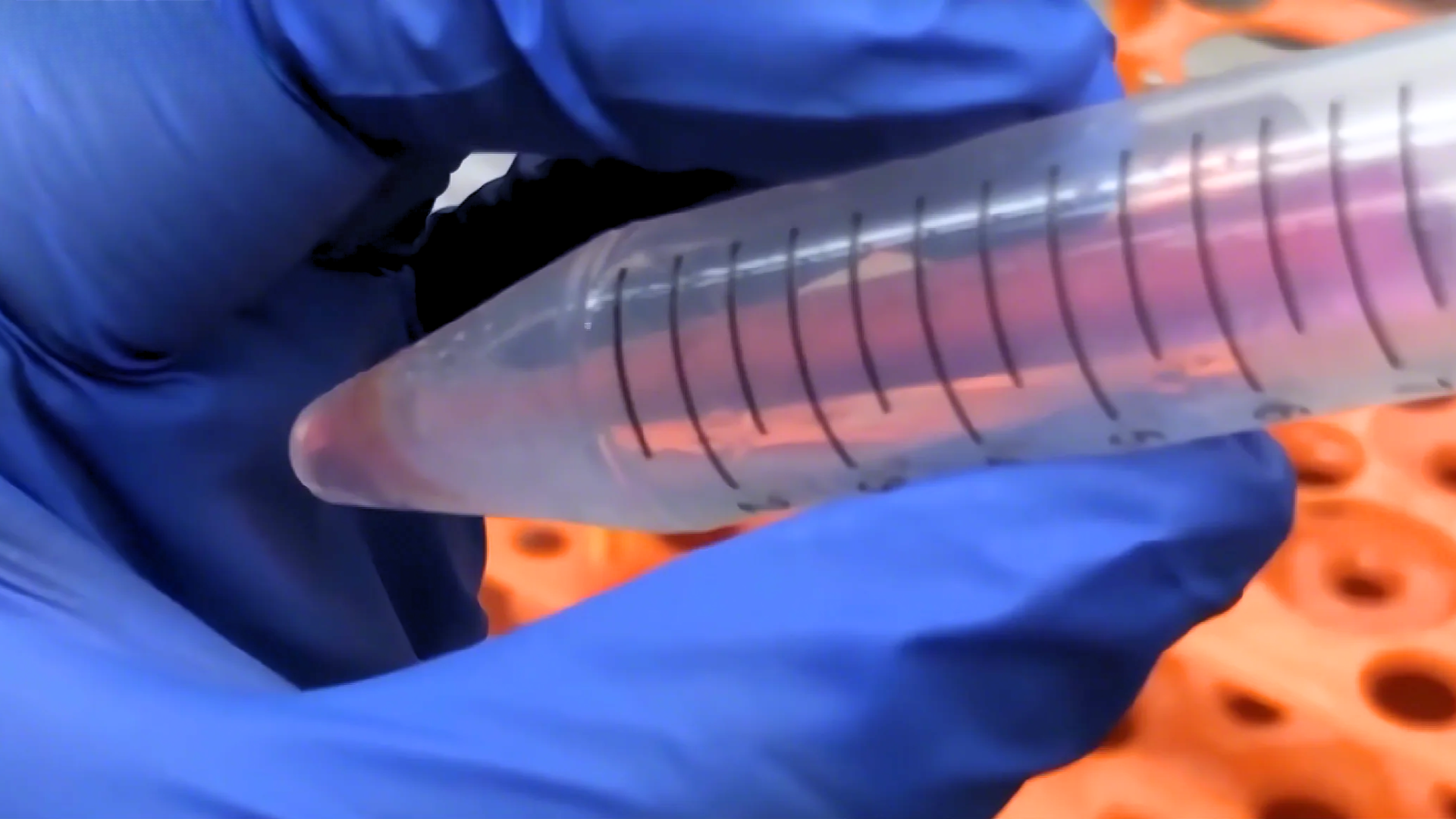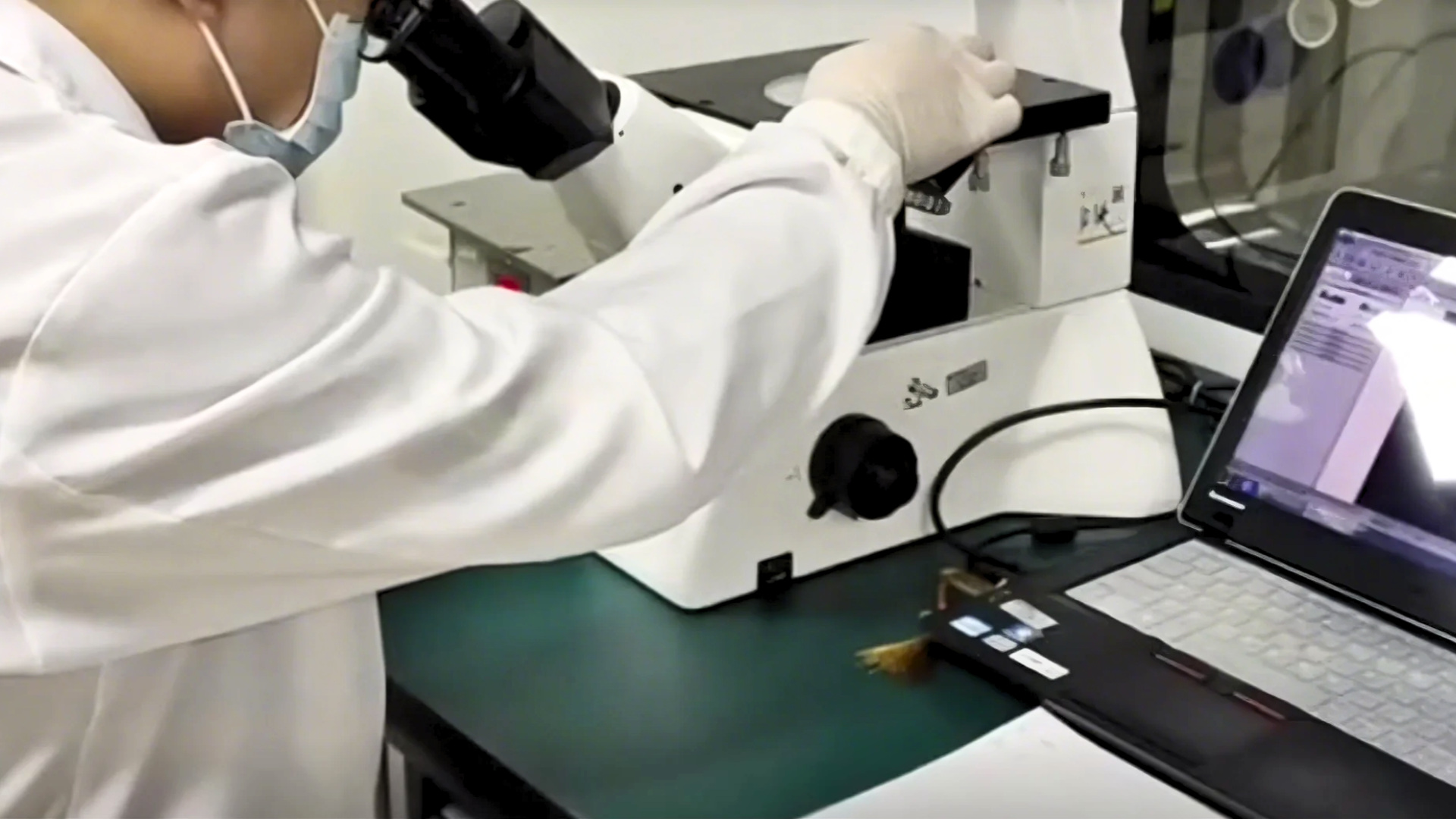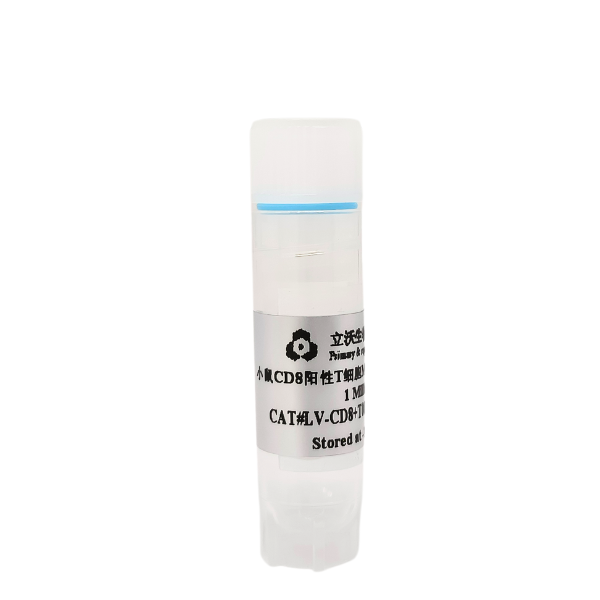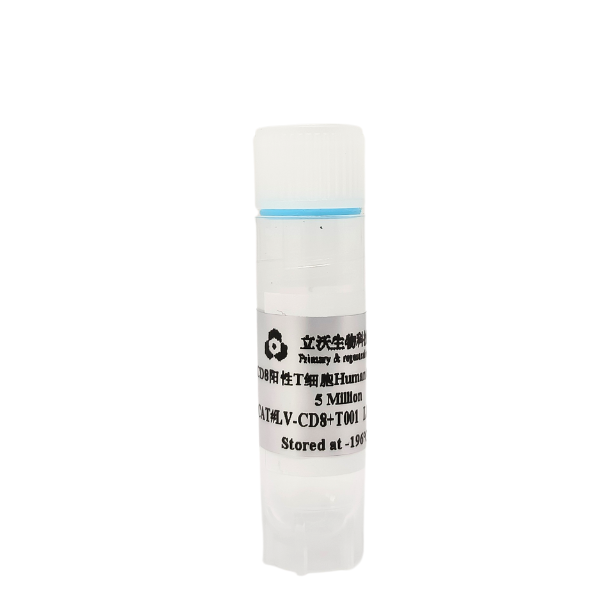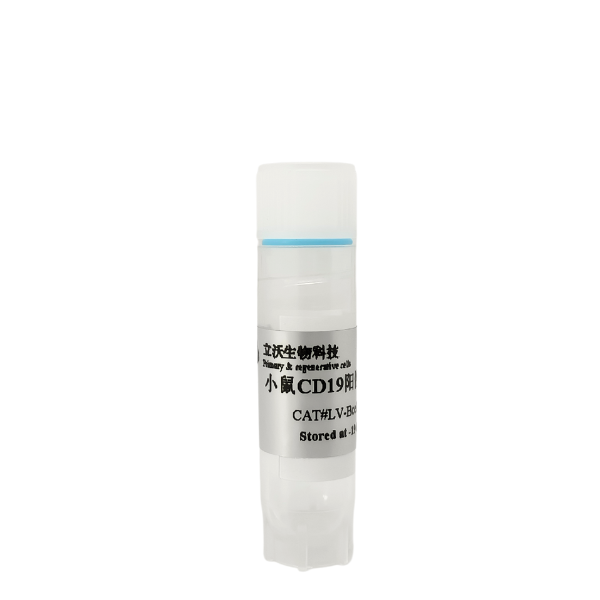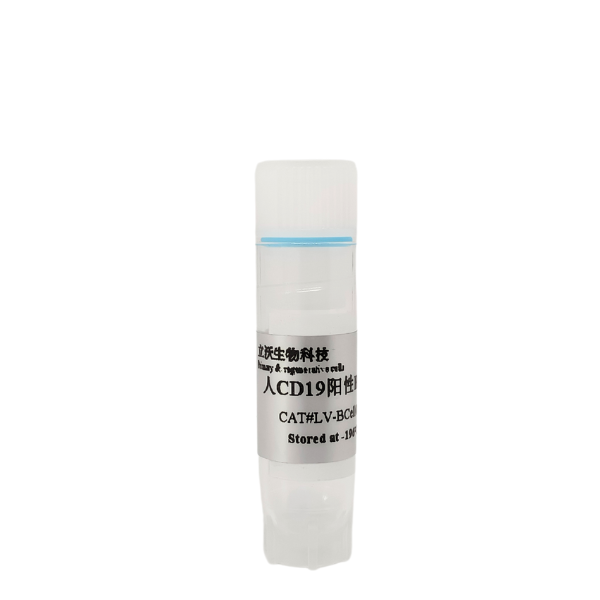▍ 产品详情
| Cells | Item NO. | Specs | Unit | Strain | Number Of Donors | Tax Rate | Transport Conditions | Preservation Conditions |
| Rat PBMCs | LV-PBMC003-05 | 5million/Tube | Tube | SD | N>10 | 3.00% | Liquid Nitrogen Transportation | Liquid Nitrogen Storage |
| Rat PBMCs | LV-PBMC003-10 | 10million/Tube | Tube | SD | N>10 | 3.00% | Liquid Nitrogen Transportation | Liquid Nitrogen Storage |
| Rat PBMCs | LV-PBMC003-20 | 20million/Tube | Tube | SD | N>10 | 3.00% | Liquid Nitrogen Transportation | Liquid Nitrogen Storage |
Transport Mode
Liquid Nitrogen Transportation
1、Adsorptive Liquid Nitrogen Transportation ,No free liquid nitrogen ,White vapor emission indicates normal operation.
2、Temperature monitoring devices should closely monitor the temperature inside the tank during transportation. If any abnormalities are detected, you can copy the PDF and Excel data from the temperature recorder. (One end of the temperature monitoring device can be unplugged to reveal a USB connector. Simply insert it into a computer to copy the data. If you encounter any difficulties, you can contact the sales staff and technical support for assistance.)
3、Alloy Combination Lock Designed to ensure no third-party access to the LN₂ tank or cell samples during transportation from dispatch to receipt, thereby safeguarding cell integrity.
4、GPS Tracker Enables real-time tracking of cell transportation routes to prevent loss.
5、Liquid Nitrogen Tank, temperature monitoring device, alloy combination lock, and GPS tracker are returnable components. Please store them properly and avoid damage; failure to comply will result in blacklisting.
Reference Citation
pass over.
Scope of Application
Peripheral Blood Mononuclear Cells (PBMC) It is an important tool for the study of the immune system. It has a wide range of scientific applications, including basic medicine, clinical research and drug development. Here is a summary of its core scientific uses:
1. Immunotherapy and oncology research
PBMC plays a central role in the development of immunotherapy drugs, mainly used to evaluate the killing ability of disease-free cells (such as T cells, NK cells) to tumor. For example:
Co-culture killing platform: The co-culture of PBMC and tumor cells, combined with flow cytometry assay (such as CSFE labeled target cells, CD45 labeled effector cells) to quantitatively analyze the specific killing effect of immune cells, for the development and optimization of CAR-T therapy and immune checkpoint inhibitors.
NK cell expansion and application: The isolation and expansion of highly active NK cells from PBMC are used in cancer immunotherapy research and drug screening, especially in in vitro models of solid and blood tumors.
2. Disease mechanisms and biomarkers research
PBMC provides key cellular models for unraveling disease mechanisms:
Heart and blood vessel disease: To study the pathologic mechanism and therapeutic target of patients with acute myocardial infarction by detecting the expression level of autophagy related proteins (such as LC3, Beclin1) in PBMC.
Metabolic diseases: To analyze lipid metabolism-related pathways in PBMC, such as STAT3, to reveal the molecular mechanisms of diseases such as nonalcoholic fatty liver disease (NAFLD).
Inflammation and Infection: To investigate the infection-free response of PBMC in viral (e.g., HIV, HBV) infection, or as a source of biomarkers for inflammatory diseases such as sepsis.
3. Drug Development and Metabolism Assessment
PBMC is used in drug development for efficacy evaluation, toxicity testing and metabolic studies:
In vitro metabolic model: Combined with liver microsomes and CYP450 enzymes, we evaluated phase I and phase II metabolic stability of drugs in PBMC and optimized drug design.
Drug Screening Platform: A PBMC- tumor co-culture system is used to screen candidate compounds that target epidemic-free regulation or anti-tumor activity, such as small molecule inhibitors or nanomedicines.
Toxic assessment: To detect the activation status of PBMC (e.g., inflammatory cytokine release, oxidative Stress response) and predict the side effects such as hepatic injury.
4. Regenerative Medicine and Personalized Medicine
PBMC has potential in cell therapy and disease model construction:
IPS cell reprogramming: Rapid construction of patient-specific iPS cell lines using cryopreserved PBMC for disease modeling (e.g., genetic diseases) and personalized drug testing.
Organoids and organochips: Integrate PBMC-derived disease-free cells into liver or tumor organoids to simulate immune microenvironment and study the interaction mechanism between disease-free cells and parenchymal cells.
5. Interdisciplinary and Translational Medicine Applications
The study of enterohepatic axis: To analyze the effect of intestinal microbial metabolites (such as LPS) on liver immunity through PBMC, to analyze the pathogenesis of enterogenous liver disease.
Single cell omics analysis: Combined with single cell sequencing technology, we analyzed the heterogeneity of gonopacytes and monocytes in PBMC, and revealed the disease-specific immune cell subsets.
summary
The use of PBMC covers immunotherapy, disease mechanism analysis, drug development, regenerative medicine and interdisciplinary research, and its versatility makes it an important bridge between basic research and clinical translation. In the future, with the development of single-cell technology and organoid models, the application of PBMC in precision medicine and personalized treatment will be further expanded.
Due to biannual updates of our product instruction manual, the following procedures are for reference only.
The most recent version included with the product shall prevail.
I Reagents and Materials
- PBMC(Cat# LV-PBMC001/002)
- Medium (complete RPMI1640, see chart)
-37°C Thermostat water bath
- Biosafety cabinet
- 15 ml Centrifuge tube
-37°C/5% CO2 Incubator
-Wide mouth dropper and wide mouth pipette tip
-Pipette
-75% Alcohol
II Complete RPMI1640 Medium
Component | Usage |
Incomplete solution of RPMI1640 | 500ml |
L-Glutamine(L-Glu) | 2mM |
2-Mercaptoethanol(2-ME) | 50μM |
Penicillin | 100μg/ml |
Streptomycin | 100μg/ml |
FCS (inactivated at 56 °C for 30 min) | 50ml |
III Cell Resuscitation and Plating
1. Place the complete RPMI1640 medium in a 37 °C thermostat water bath for adequate preheating.
2. Quickly transfer the frozen PBMCs from the refrigerated position to a thermostat water bath of 37°C. Immerse them as much water as possible at 37°C and shake horizontally, but make sure that the cap of the freezing tube is kept above the water.
3. Defrost the freezing tube until the cells inside are just completely dissolved into liquid, about 60-120 seconds
4. Sterilize the freezing tube with 75% alcohol and transfer it to a biosafety cabinet.
5. Carefully aspirate the thawed cells and move to a 15 ml centrifuge tube. Then, rinse the freezing tube and the tip of aspirating the cells with medium.
6. Shake the centrifuge tube while the process of adding complete RPMI1640 medium to 12 ml (Note: the first 3 ml should be added dropwise and shaken, followed by 9 ml to speed up). Finally mix it up and down.
7. Centrifuge at 20 °C of 500 × g for 8 min, ascending to 7 and descending to 4.
8. Discard the supernatant, add 3 ml of complete RPMI1640 medium to resuspend the cells and count with trypan blue staining.
9. Repeat step 7. Resuspend the cells with complete RPMI1640 medium and plate them at the density required by the experiment
10.Incubate in a 37 °C/5% CO2 incubator.
IV Customer Service
If you find any quality problems with the product, please collect the original data and contact the company's salesmen or technical support at the first time. The company ensure after-sales service. Every laboratory has different conditions, different operating habits, different proficiency, and objective factors in experimental failure. If the operation is not strictly in accordance with the instructions or exceeds the time limit of after-sales, the company does not do after-sales. Please understand and support us.
Validity period and raw data provided:
Resuscitation problems: Within 24 hours of resuscitation, trypan blue staining or PI staining should be provided.
Pollution problems: Within 96 hours of resuscitation, microscope photographs of differences should be provided.
Purity issues: Within one month, immunofluorescence or flow cytometry results should be provided
V Contact Number
Tel:0755-28284050
Technical Support:19902901483 (Dr. Zhou)





